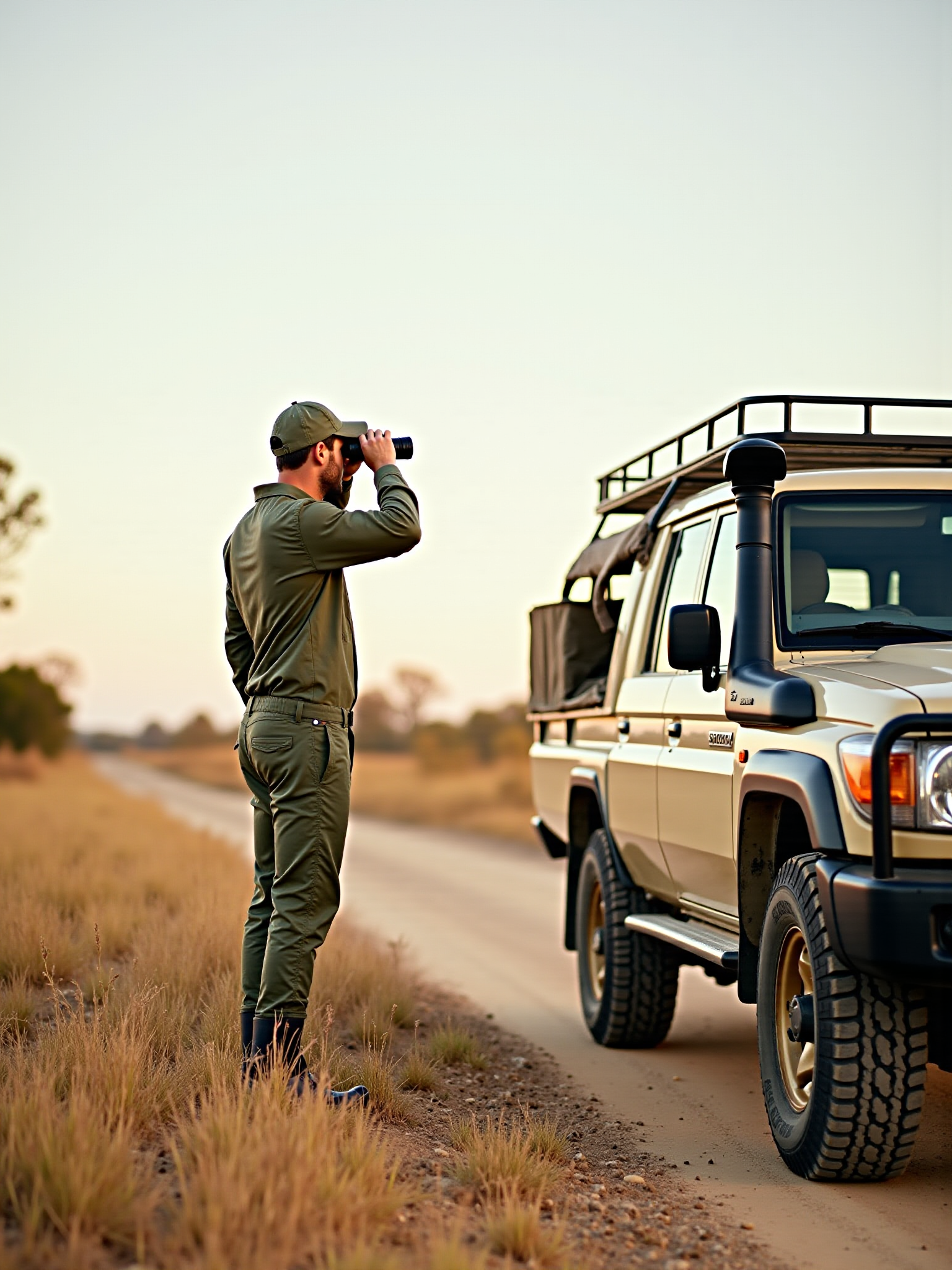Western Australian Feral Animal Control Wild Fox Trapping and Shooting Practice
- West Australian Feral Animal Service
- Apr 19
- 2 min read
Updated: Apr 21

Wild Fox in Western Australia
The introduced European red fox (Vulpes vulpes) has a significant impact on native fauna and agricultural production. Fox control methods include lethal baiting, trapping, shooting, den fumigation, den destruction and exclusion fencing. Trapping may be useful for the control of nuisance animals but is not effective as a general fox control method. Cage traps are used to capture problem foxes in urban/residential areas and other areas where it is unacceptable or undesirable to use 1080 or leg-hold traps. Animals trapped in a cage can be transported away from the area for euthanasia. Padded-jaw, leg-hold traps can only be used at sites where the animal can be killed by shooting while still held in the trap. (Refer to NATSOP-FOX005 National Standard Operating Procedure: Trapping of foxes using padded-jaw traps.) From an animal welfare perspective, cage traps are preferred over leg-hold traps as fewer injuries are sustained and non-target animals can be released unharmed. This National Standard Operating Procedure (NATSOP) is a guide only; it does not replace or override the legislation that applies in the relevant state or territory jurisdiction. The NATSOP should only be used subject to the applicable legal requirements (including OH&S) operating in the relevant jurisdiction.

NATSOP-FOX006 NATIONAL STANDARD OPERATING PROCEDURE
TRAPPING OF FOXES USING CAGE TRAPS
APPLICATION
Trapping is time-consuming and labour intensive and is therefore an inefficient method for large-scale fox control in Australia.
Cage traps are generally not effective in rural environments where foxes are more suspicious of man-made structures.
Traps have the potential to cause significant suffering and distress so should only be used when there is no suitable alternative.
Humane and successful trapping requires extensive training and experience.
Selection of appropriate traps and trap sites will maximise chance of capture and minimise the distress caused to target and non-target animals.
Every effort must be made to avoid target and non-target deaths from factors such as exposure, shock, capture myopathy and predation.
Once trapped, foxes are either euthanased by shooting at the site of capture or taken to an appropriate site away from residential areas to be shot whilst still in the cage or after transfer to a bag.
Traps must be used in accordance with relevant state and territory legislation (see Appendix 1). In some states, for example, Western Australia, a permit may be required to trap within certain municipalities.
Shooting of foxes should only be performed by skilled operators who have the necessary experience with firearms and who hold the appropriate licences and accreditation.
Storage and transportation of firearms and ammunition must comply with relevant legislation requirements.





Comments